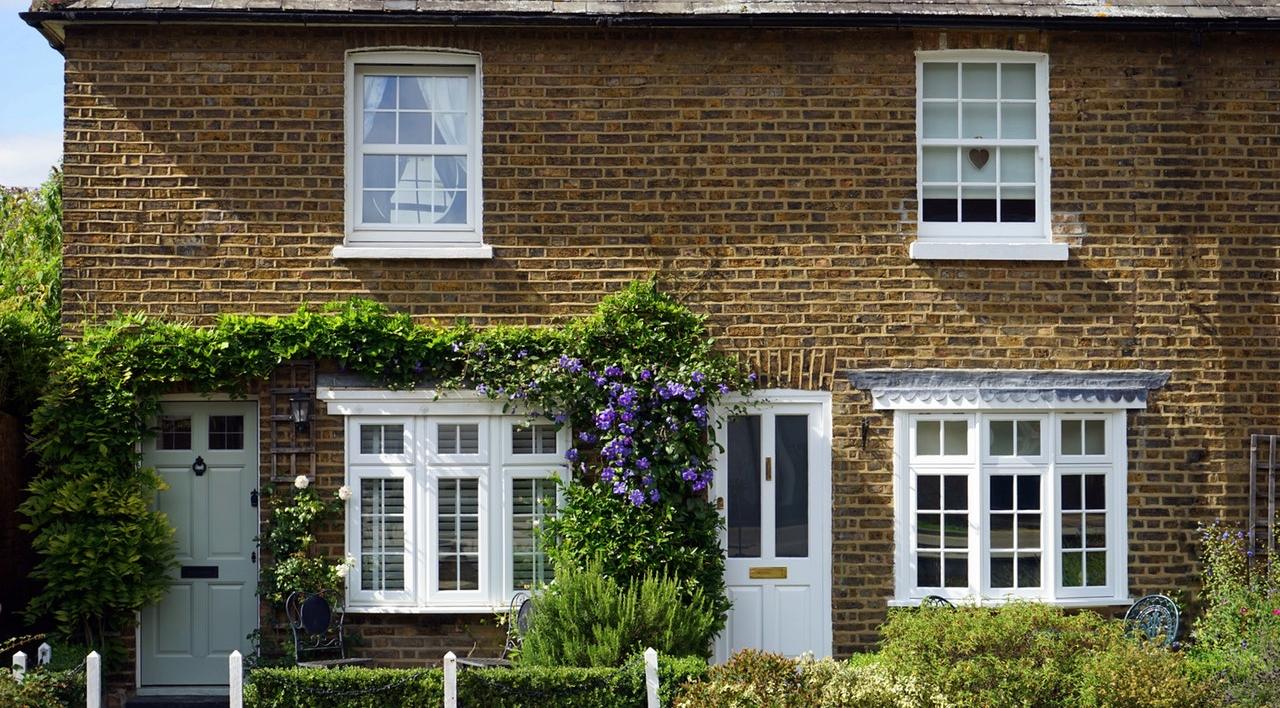October 13, 2016

selected branch: Bristol and Bath
Find your local branch
Aberdeen
view detailsBellshill
view detailsBerwick-upon-Tweed
view detailsBirmingham
view detailsBrighton and Worthing
view detailsBristol and Bath
view detailsCambridge
view detailsCardiff & Newport
view detailsCarlisle
view detailsConsett, Stanley & Tyne Valley
view detailsDalkeith
view detailsDarlington
view detailsDundee
view detailsDunfermline
view detailsDurham
view detailsEdinburgh
view detailsElgin & Inverness
view detailsFalkirk
view detailsGalashiels
view detailsGateshead
view detailsGlasgow
view detailsHull
view detailsKirkcaldy
view detailsLeeds
view detailsLiverpool
view detailsLivingston
view detailsLondon
view detailsManchester
view detailsMiddlesbrough
view detailsMusselburgh
view detailsNewcastle
view detailsOxford
view detailsPaisley
view detailsPerth
view detailsPreston
view detailsSheffield
view detailsSouthampton & Portsmouth
view detailsStirling
view detailsStockport
view detailsStoke-on-Trent
view detailsSunderland
view detailsYork
view detailsBristol and Bath have something for everyone. If you’re thinking of making either city your home, we’ve got all the information you need to know about living in these two cities which are just 11 miles apart, from the best schools in the area, to all the best places for eating and drinking.
History of Bristol & Bath
Bristol has been the largest centre in the area for centuries, and it became a city in 1542. By this time, it was already a busy port and it continued to grow as a maritime power. By the mid-16th century, the main imports to Bristol included wine, olive oil and iron, whilst exports included cotton, wool, lead and hides. Later, Bristol port was prominent in the slave trade, with over 2000 slaving voyages made by Bristol ships between the late 17th century and abolition in 1807. This, along with the Industrial Revolution, brought great prosperity to Bristol.
In the early 1900s, Bristol became a prominent centre for the manufacture of aircraft, and shipbuilding remained an important industry until the 1970s. From the 1980s, the city became a major technology hub, with companies like IBM and Hewlett Packard moving in.
Bath was founded by the Romans as a thermal spa, and this is where it takes its name from. During Georgian times, the architect John Wood the Elder developed the city, laying out new quarters in elegant streets and squares with neoclassical facades.
In 1987, Bath was designated by UNESCO as a World Heritage Site in recognition of its international cultural significance. Today, Bath is a city that thrives on the publishing and software industries, as well as tourism, with nearly four million day visitors to the city every year.
Culture in Bristol & Bath
Both Bristol and Bath abound with culture, meaning both cities are great choices for culture vultures. Bristol is the home of street artist Banksy, and you can see many of his famous works dotted around the city. As well as outdoor works of art, you can find pieces by celebrated artists in Bristol’s galleries including the Bristol City Museum and Art Gallery, Royal West Academy of England and Arnolfini centre for contemporary arts. Spike Island, located on the southern end of Bristol’s historic docks, is part of an exciting creative hub on the harbour. It’s home to a gallery, café, and a host of designers and creative businesses.
Over in Bath, there’s also plenty of culture to enjoy. It’s the only city in the UK to be designated as a UNESCO World Heritage site in its entirety, meaning that there’s history, architecture and culture to soak up on every street. Bath has been famous for its thermal waters since the Roman ages, and you can still ‘take to the waters’ today in the Thermae Bath Spa or one of the city’s spa hotels.
Bath has a year-round roster of festivals celebrating the city’s arts and culture, including the annual Bath Art Fair, which aims to make art accessible to all, as well as MozartFest, the Bath Fringe Festival, and the Bath Festival, a multi-disciplinary arts festival.
Food and Drink in Bristol & Bath
Bristol is a real foodie city, with everything from multicultural street food offerings to fine dining in elegant restaurants. The city is home to give Michelin-starred restaurants, including Bulrush, which serves seasonal foraged ingredients, and Casamia, which was voted the eighth best restaurant in the UK in the 2018 Good Food Guide. At the other end of the scale, there are plenty of street food options to enjoy in Bristol. You can travel the world with your taste buds at St Nicholas Market in the city centre, which has over 20 street food stalls serving everything from pie and mash to Japanese dumplings.
For a night out, Bristol has something to suit everyone. The south west is famous for its cider, and there’s a thriving craft beer scene in the city with nearly 20 breweries in and around Bristol. For something a little more upmarket, check out the city’s cocktail bars and speakeasies, including Hyde and Co, Bristol’s first prohibition-style bar, and The Milk Thistle, which hosts a monthly gin club.
Bath has an equally strong food and drink scene. The Olive Tree is the city’s only Michelin-starred restaurant, which focuses on using fresh ingredients for modern meals. Elsewhere in Bath, there’s a great selection of gastropubs for a lazy Sunday roast or evening meal, and an eclectic range of cafes and tearooms in which to enjoy a sweet treat or cup of coffee.
From chain bars to independent pubs, there’s something for everyone when it comes to Bath’s nightlife. The Saracens Head dates back to 1713, making it the oldest pub in Bath, and Charles Dickens is reputed to have stayed there. Many of the pubs in Bath are focused on serving local delicacies, including food and drink from small independent companies.
Shopping in Bristol & Bath
From well-known high street names to independent boutiques, there are options for everyone when it comes to shopping in Bristol. For great local shopping, head to Stokes Croft and Gloucester Road, which is one continuous road full of independent shops, cafes and restaurants. It is, in face, Europe’s longest street of independent shops, so it’s the place to go for one-of-a-kind treasures. Clifton is jam-packed with high-end boutiques, and the weekend Harbourside Market showcases the very best wares of the south west.
Over in Bath, the compact city centre makes shopping easy. Guildhall Market on the High Street has been selling traditional goods including flowers, cheese and silver for over seven centuries, whilst the Artisan Quarter is full of interesting independent shops selling vintage clothes, homeware, antiques and more. For rare items, head to the flea market on Saturdays. In the city centre, there’s a wide range of high street shops, perfect for an afternoon’s shopping, including Jolly’s, which is the UK’s oldest department store.
Schools in Bristol & Bath
Both Bath and Bristol have a wide selection of highly-rated schools at both primary and secondary levels.
In Bristol, the Perry Court E-Act Academy in Bristol is one of the best state-funded primary schools in the city according to the Real Schools Guide 2020, which takes into account 45 different data points including pupil-teacher ratios and attendance rates. Other top schools on the list include St Teresa’s Catholic Primary School, Bishop Road Primary School, Ashley Down Primary School and Watermore Primary School.
Of secondary schools in the city, Colston’s Girls’ School is rated by Ofsted as outstanding, as is Bristol Cathedral Choir School, a mixed-gender non-selective musical school in the Cabot area of the city. The Redland Green School, part of the North Bristol Post 16 Centre, is also rated as outstanding, as is the St Mary Redcliffe and Temple School in the Redcliffe area of the city. There are also nine special schools in Bristol, as well a number of independent schools.
The Real Schools Guide lists Weston All Saints CofE Primary School as the best primary school in the city of Bath, along with Freshford Church School in Freshford, around five miles south of Bath, and St Mary’s Church of England Primary School and Paulton Junior School.
Currently, the only secondary school in Bath with an outstanding rating from Ofsted is Saint Gregory’s Catholic College, a co-educational school with a sixth form. There are several secondary schools with good ratings, including Hayesfield Girls’ School and Oldfield School.
There are five independent schools in Bath, including King Edward’s School, which was established in 1552, and Kingswood School, the world’s oldest Methodist educational institution. The Three Ways School is a co-educational school with academy status in the Odd Down area of the city caters to children and young people with a variety of special needs.
Transport in Bristol & Bath
Bristol is connected to Wales by the M4 motorway, and to Exeter by the M5 motorway, making it easy to get both north and south of the city by car. There are two major railway stations in Bristol, Bristol Parkway and Bristol Temple Meads. Temple Meads is the larger of the two stations, with services to London Paddington and Cardiff, as well as local connections. Within the city centre, the majority of the public transport taken is by bus.
In Bath, the railway service offers frequent services to London Paddington, with a journey time of around ninety minutes, whilst trains to Bristol take just fifteen minutes. As in Bristol, the city centre is served by bus.
The local airport for both cities is Bristol Airport, which is the ninth busiest airport in the UK.
Have a question?
If you need advice for first-time buying in Bath or Bristol – or if you’re looking for a reliable mortgage broker in the West Country – don’t hesitate to contact us today.
We’re experts on all things mortgage-related (and our services are always 100% free).


October 13, 2016
